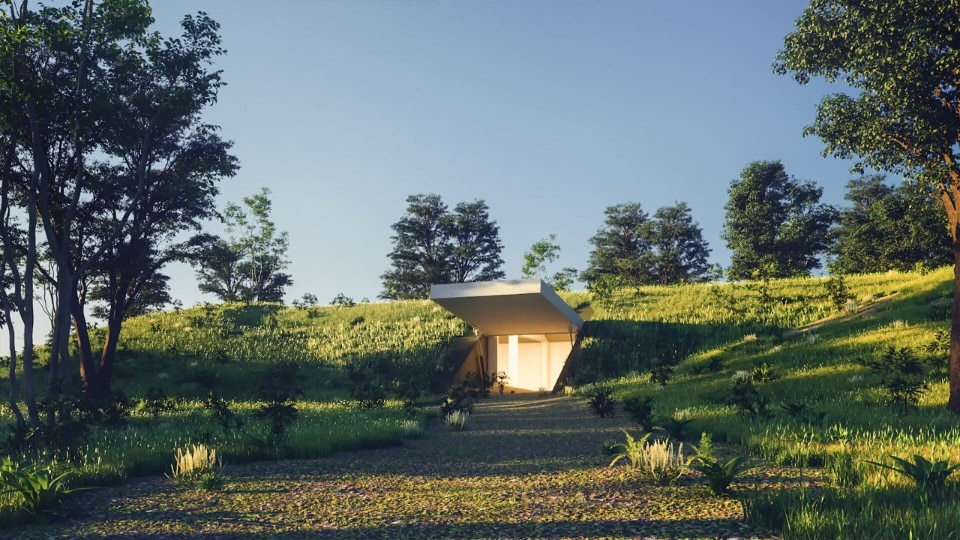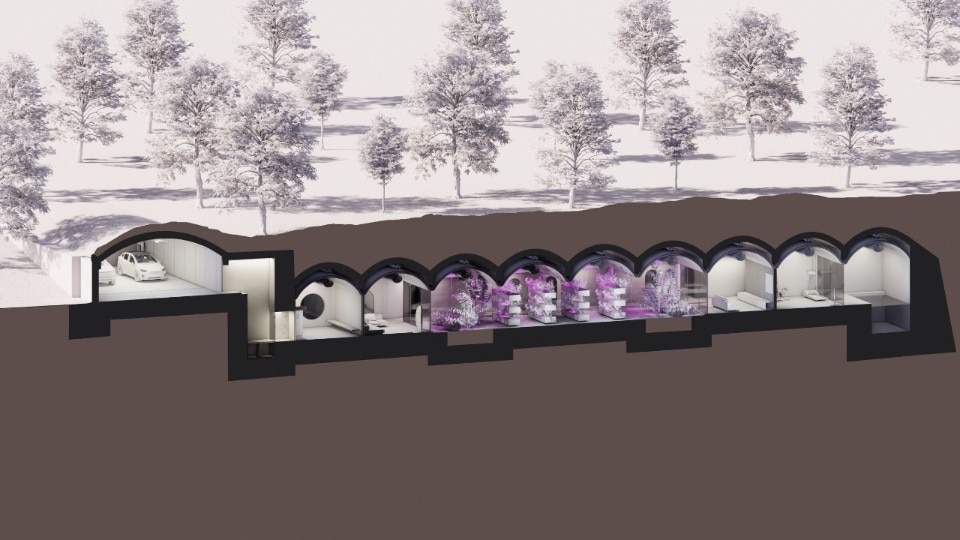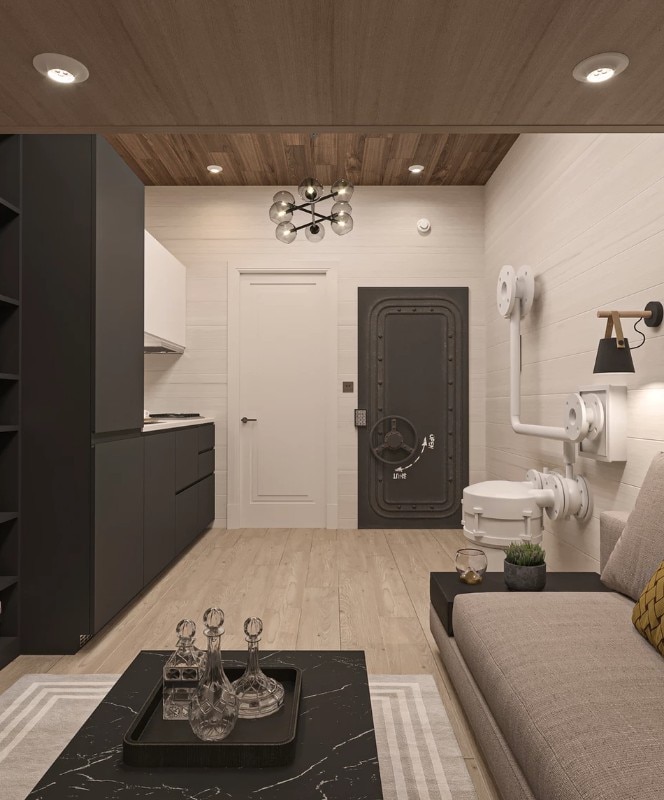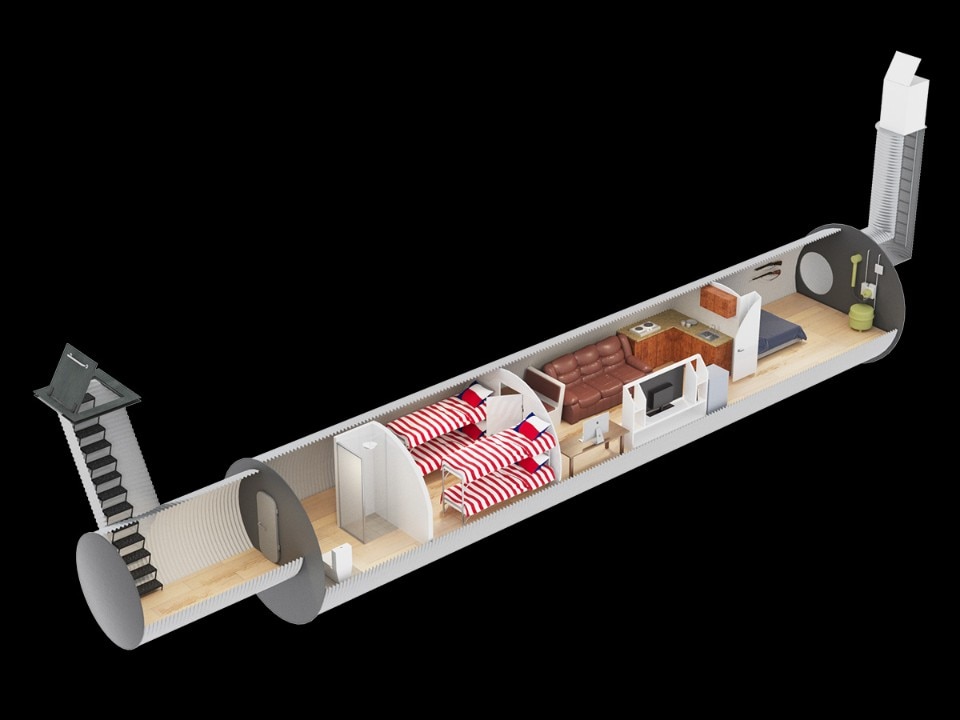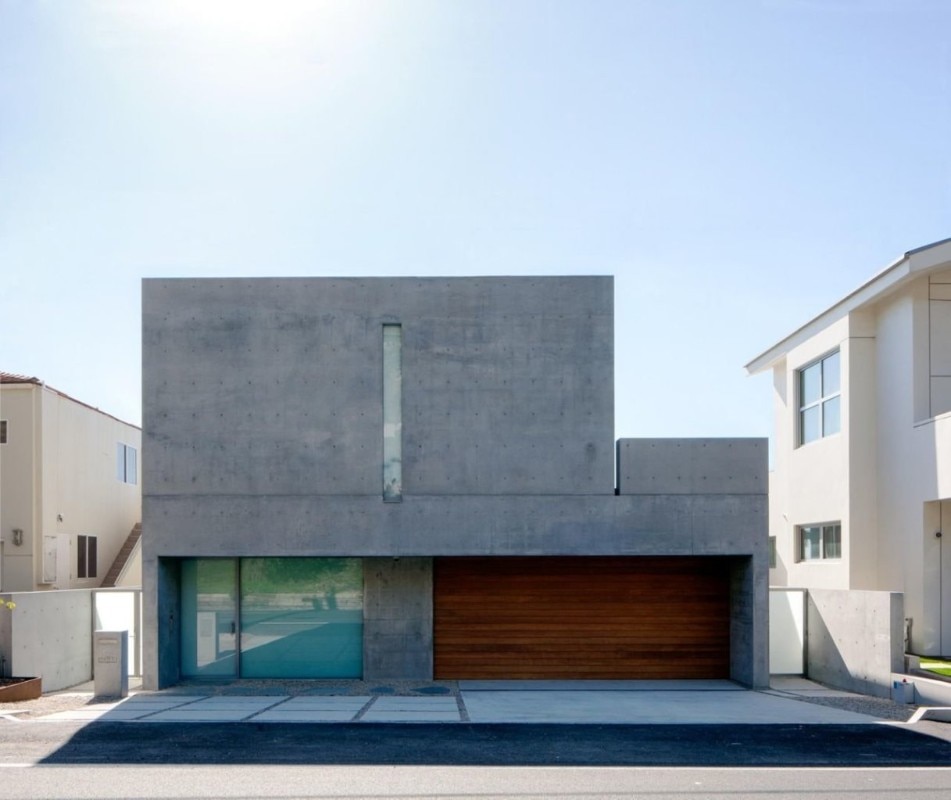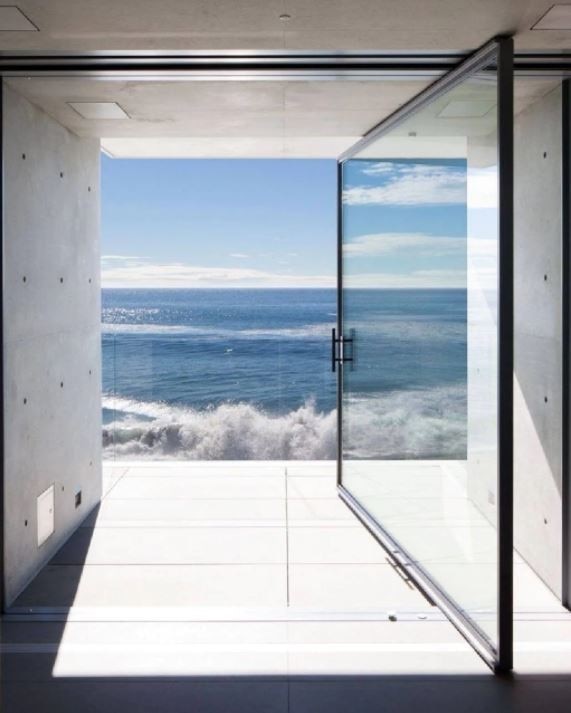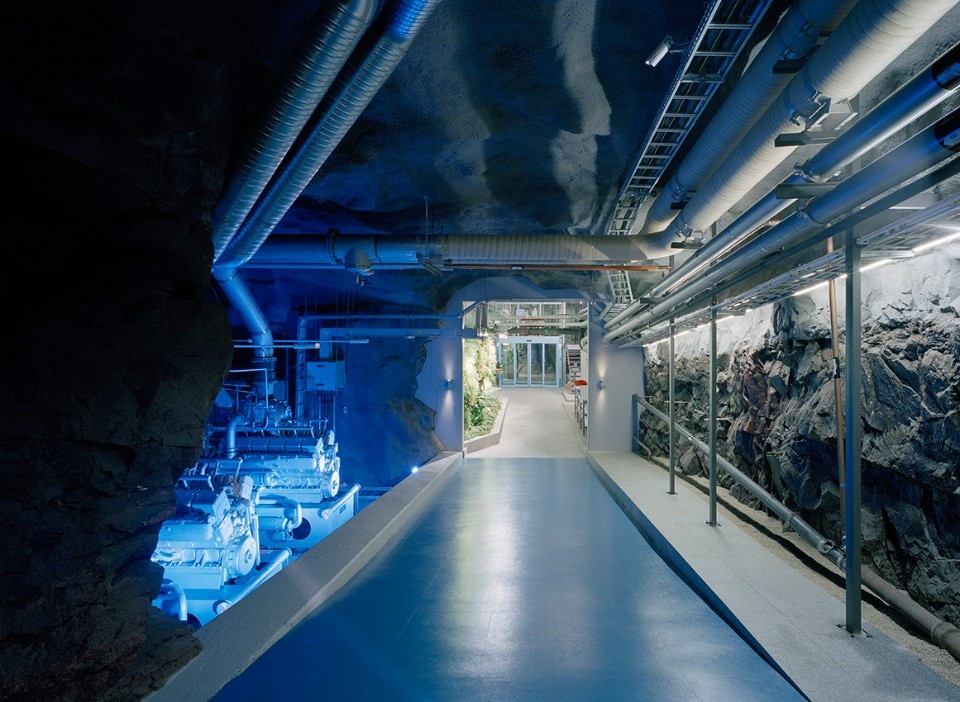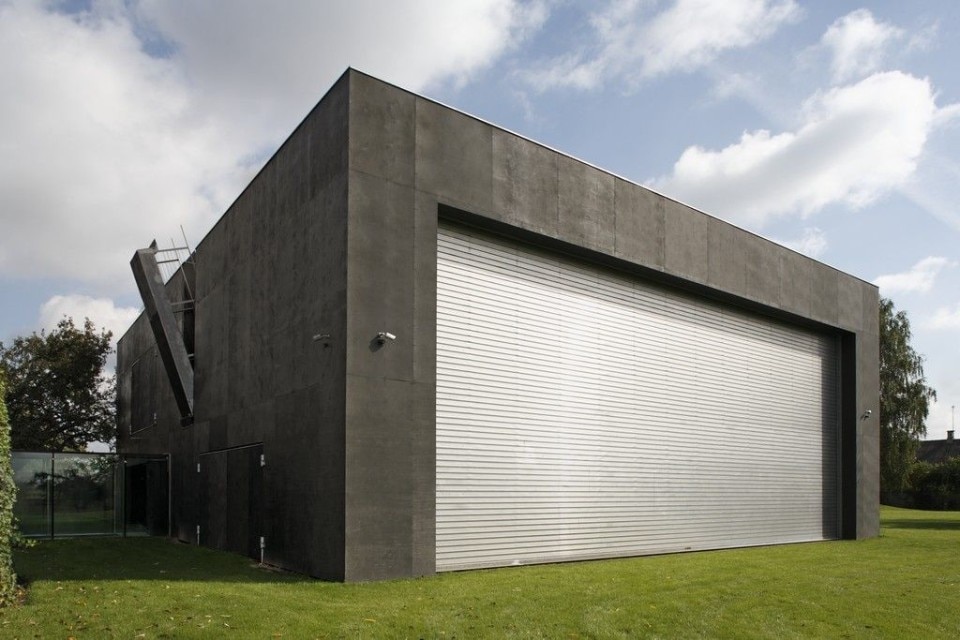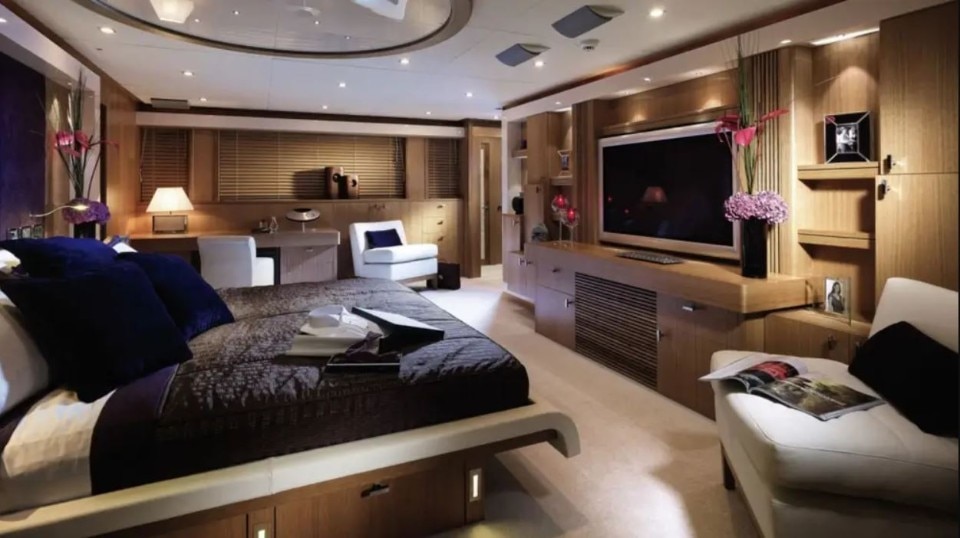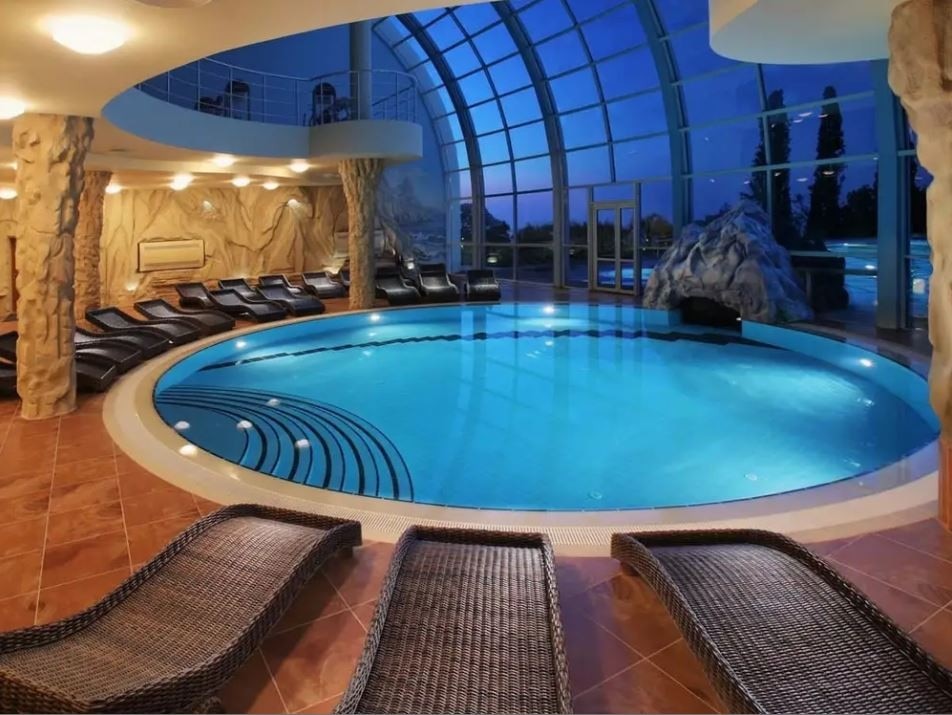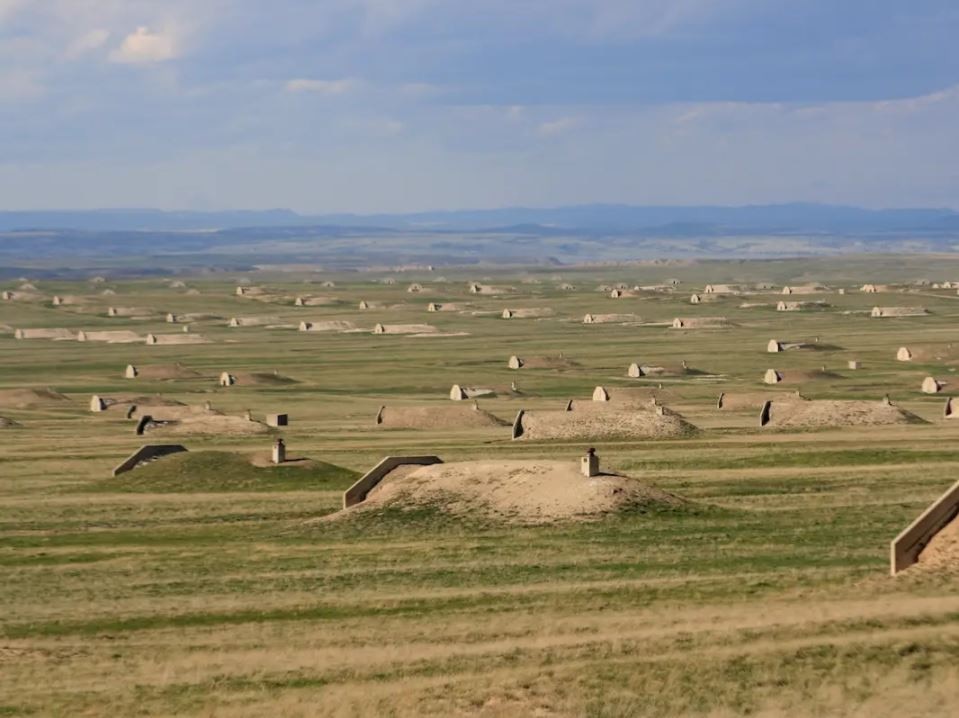At the end of the summer, clickbait sites and tabloids reported that Kanye West, the rapper-producer and creative director of Yeezy, is being Kanye once again, buying “a house in the shape of a bunker” for the stratospheric amount of $57.25 million: “Kanye living in a parking garage”, “a high-end bunker for a cult leader”, “a concrete bunker-style home without a garden in Malibu”. Hilarious headlines, apart from the fact that the villa bought by Kanye is one of only two private residences realised by Tadao Ando in the United States. Along with Cerro Pelon Ranch, a house, stable and mausoleum designed for fashion designer and director Tom Ford.
But there is more. Kanye West’s radar for the zeitgeist and trends of the future. He has not limited himself at trainers or his lamented partnership with Virgil Abloh, but has come to a friction point that goes far beyond design: the survivalism trend among the super-rich, which includes methods aimed at “preparing” for catastrophic events, from storing food, building shelters and learning self-defence techniques, with the common goal of surviving beyond the civilisation collapse.
As the New York Times, the Guardian and Bloomberg have reported, luxury bunkers and secret villas in New Zealand are a topic of hush-hush conversation for Hollywood stars, top sportsmen, Silicon Valley CEOs and one-percenters. And so, although Kanye’s closeness to Ando stems primarily from their shared passion for the Wabi-Sabi philosophy and minimalist architecture – already explored in the conversion of the McMansion when he married Kim Kardashian – which Axel Vervoordt, Claudio Silvestrin, Vincent Van Duysen and Peter Wirtz worked on, in his own way Kanye has often been attracted by the themes of prepper culture – as survivalism is commonly called.
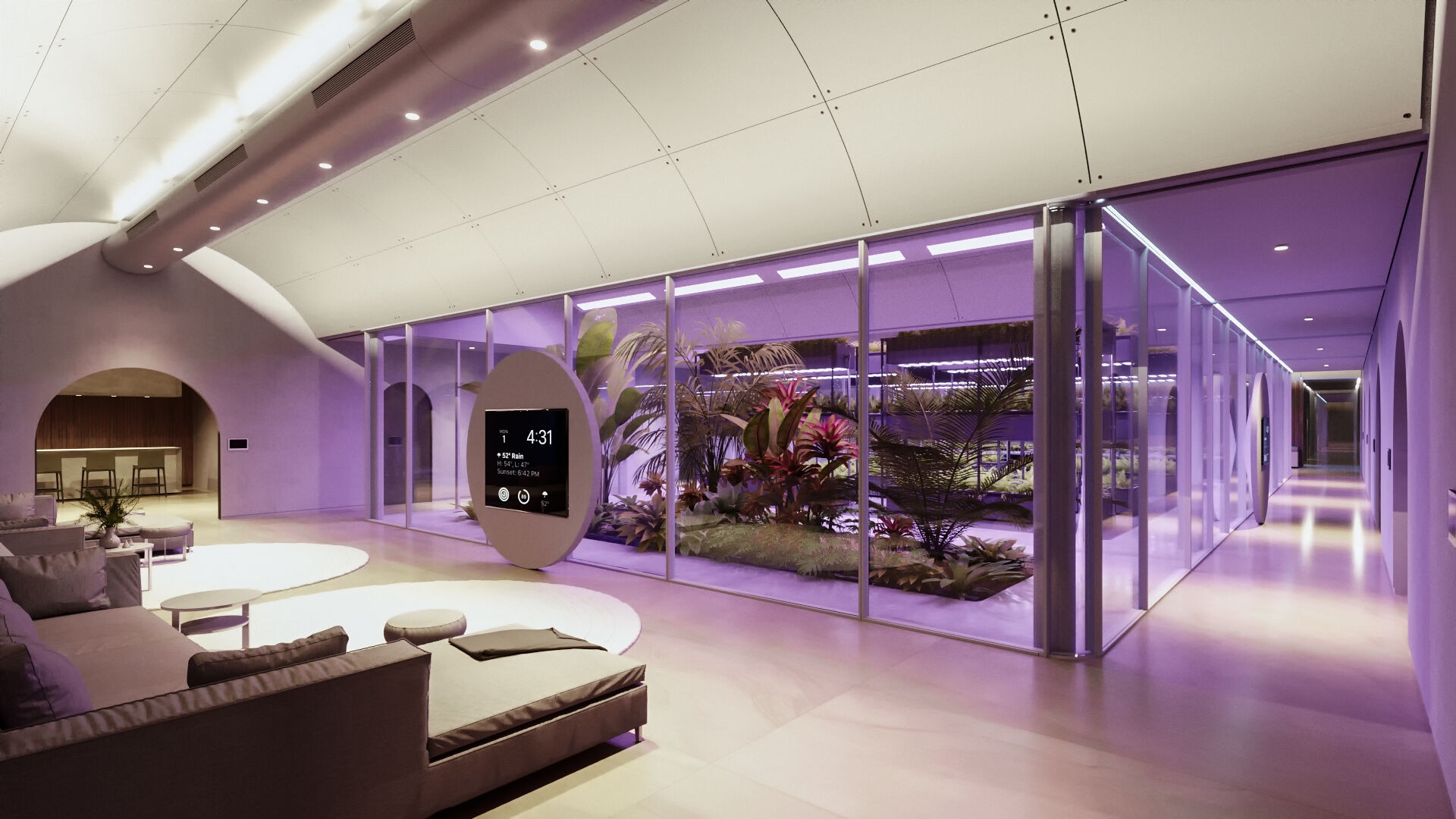
 View gallery
View gallery
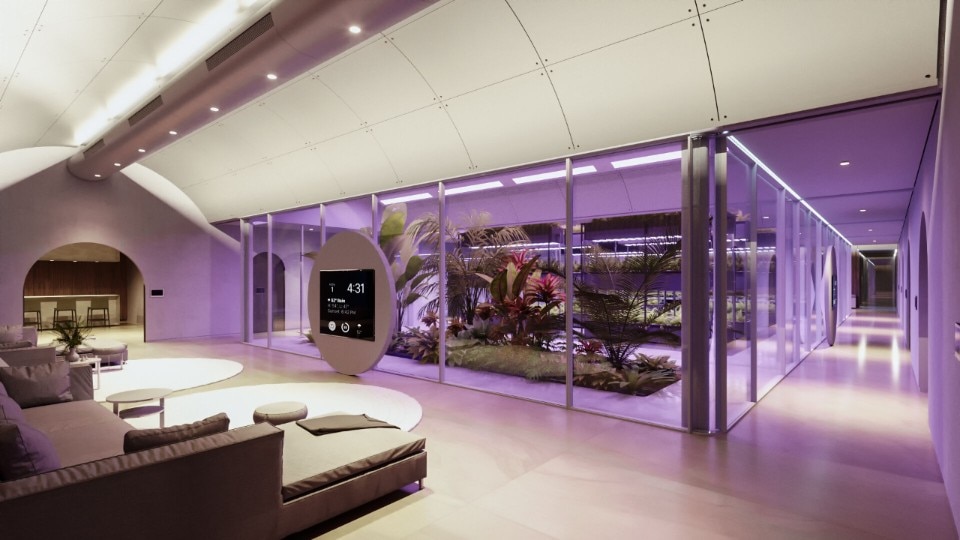
DBX, Abiboo
ABIBOO Studio designed DBX, a luxury bunker that comes from the company’s experience in building extreme environments theorised for the possible future Martian city of Nüwa, in collaboration with SONet.
Courtesy Abiboo
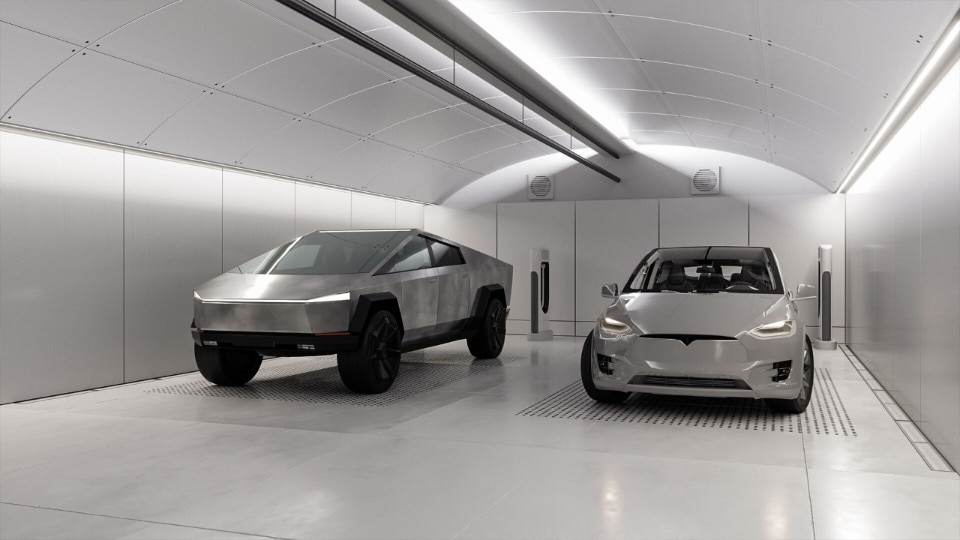
DBX, Abiboo
DBX is designed to be not only a shelter but also a completely self-sufficient second house.
Courtesy Abiboo
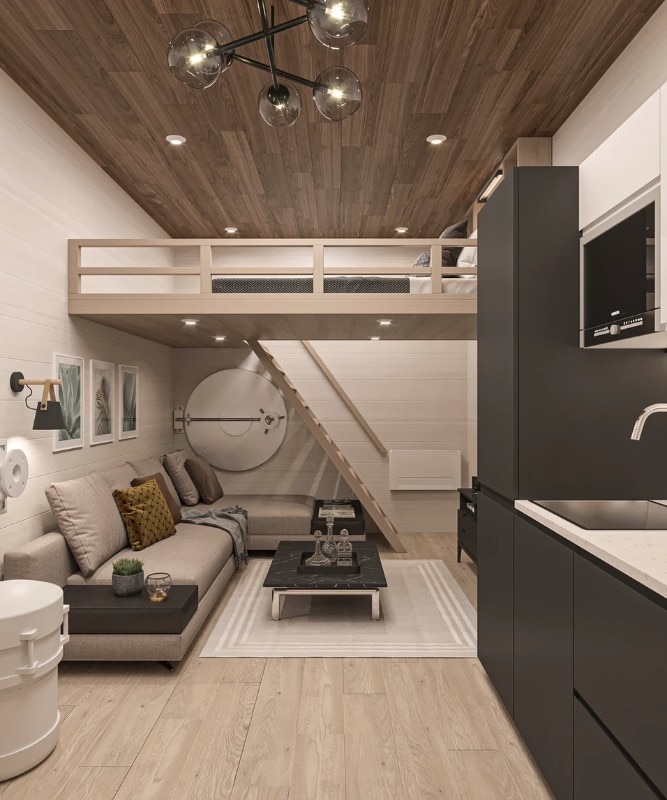
Bunker Artemis Protection
The French company Artemis Protection supplies furnished, titanium-clad bunkers with a bathroom, living room and loft.
Courtesy Artemis Protection
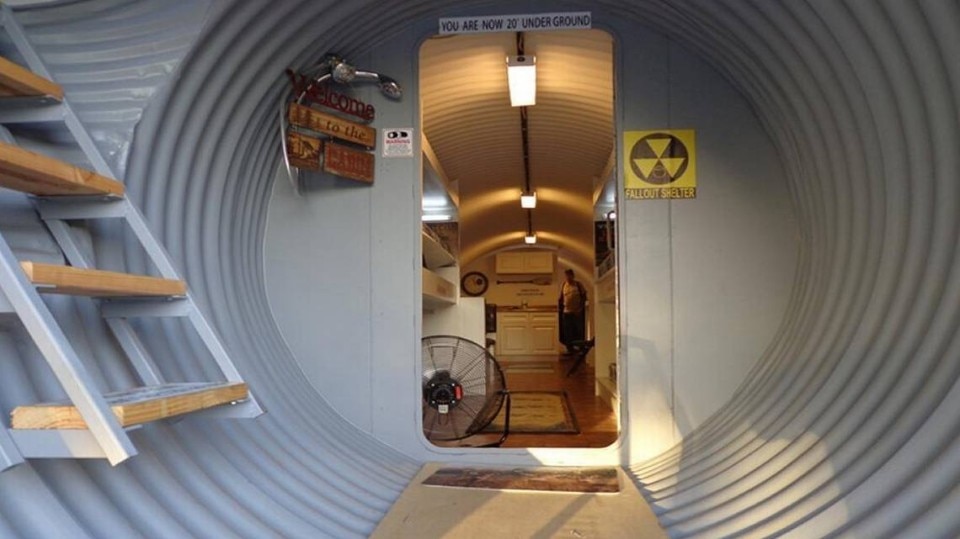
Atlas Survival Shelters
One of the bunkers made by the Texan company Atlas Survival Shelters.
Courtesy Atlas Survival Shelters

Atlas Survival Shelters
Kim Kardashian testing an Atlas Shelter, in the fourth episode of the 20th season of the reality show Keeping Up with the Kardashians, aired in 2021.
Courtesy frame video
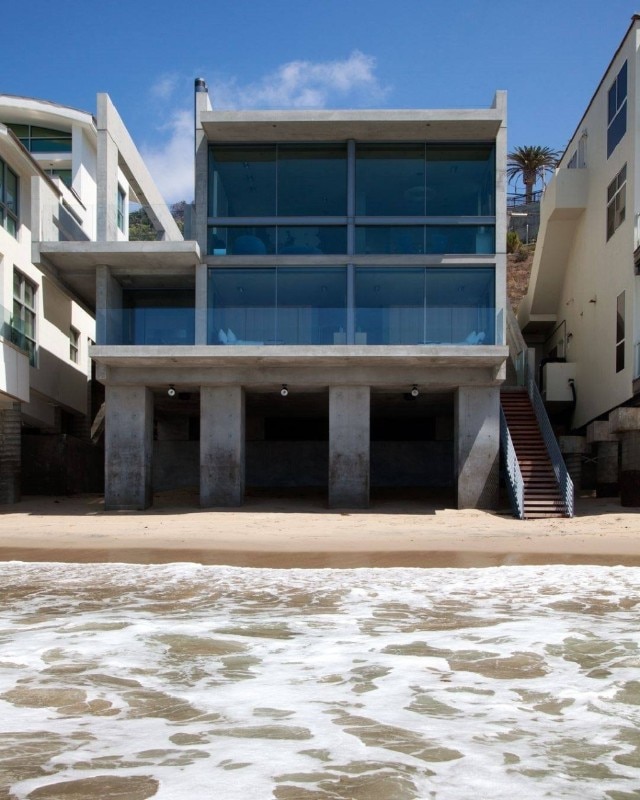
Kanye West’s villa
The Malibu villa designed by Tadao Ando for Richard Sachs, recently purchased by Kanye West.
Photo Roger Davies

DBX, Abiboo
ABIBOO Studio designed DBX, a luxury bunker that comes from the company’s experience in building extreme environments theorised for the possible future Martian city of Nüwa, in collaboration with SONet.
Courtesy Abiboo

DBX, Abiboo
DBX is designed to be not only a shelter but also a completely self-sufficient second house.
Courtesy Abiboo

Bunker Artemis Protection
The French company Artemis Protection supplies furnished, titanium-clad bunkers with a bathroom, living room and loft.
Courtesy Artemis Protection

Atlas Survival Shelters
One of the bunkers made by the Texan company Atlas Survival Shelters.
Courtesy Atlas Survival Shelters

Atlas Survival Shelters
Kim Kardashian testing an Atlas Shelter, in the fourth episode of the 20th season of the reality show Keeping Up with the Kardashians, aired in 2021.
Courtesy frame video

Kanye West’s villa
The Malibu villa designed by Tadao Ando for Richard Sachs, recently purchased by Kanye West.
Photo Roger Davies
Authors and journalists such as Evan Osnos and Mark O’Connell report that many super-rich have moved on from cocktail party chatter to action, spending upwards of $10 million to build underground bunkers under their villas in Napa Valley, featuring Jacuzzis, cinemas, billiard rooms, garages and stables. Others, including Peter Thiel, PayPal’s co-founder and Facebook’s first investor, have preferred to spend more money on utopian and bucolic locations, buying one or more villas in the Queenstown district (New Zealand). An uncontaminated territory rich in resources, famous for being The Lord of the Rings’ set.
In the wake of the post-9/11 terror, luxury bunker construction companies have skyrocketed in recent years. In the US, Rising S Bunkers and Atlas Survival Shelters are building private bunkers, while entrepreneurs such as Robert Vicino and Larry Hall have started developing full-fledged prepper companies (in the case of Vivos xPoint) and millionaire preppers (in the case of Survival Condo and Vivos Europa One).
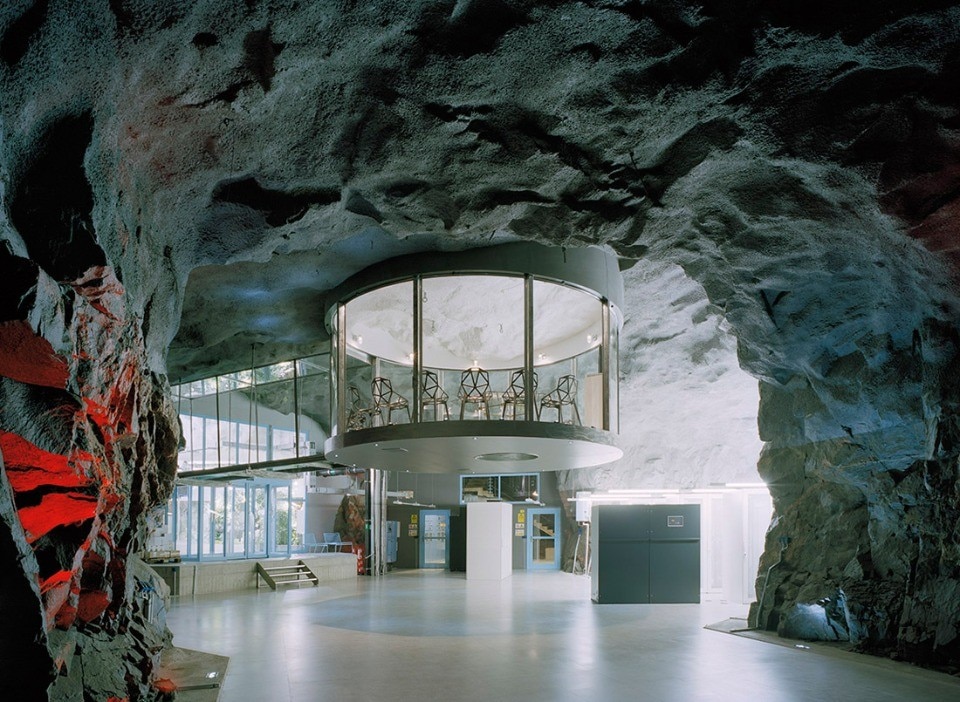
Safety solutions entrepreneurs like talking about their customers as sensible and wealthy people, who prefer to pay a little extra to avoid that little anxiety about the potential undesired arrival of unquenchable fires, bacteria bombs, nuclear attacks, social or economic collapse, tsunamis or ice ages.
In recent days, following the more or less justified concern over the conflict between Russia and Ukraine, luxury bunkers are again a hot topic in Europe. The news that Northsafe, the company owned by Mantua entrepreneur Giulio Cavicchioli, has received 500 new orders only in the last two weeks has spread around the world. Moreover, there are other companies in Europe that have been working on luxury bunker solutions for some time, such as the French company Artemis Protection and the Prague-based company Oppidum, renowned among professionals in the field for the construction of the world’s largest underground fortified building for private use.
Apart from extemporaneous fears and what Cavicchioli himself has called “useless hysteria”, it is inevitable to note that many of these projects could prove to be failures or useless. The growing demand for bunkers in northern Italy, for example, without bringing up geopolitical dynamics and atomic agreements, ignores the simple fact that an atomic fallout can be dispersed over a maximum radius of 500 km.
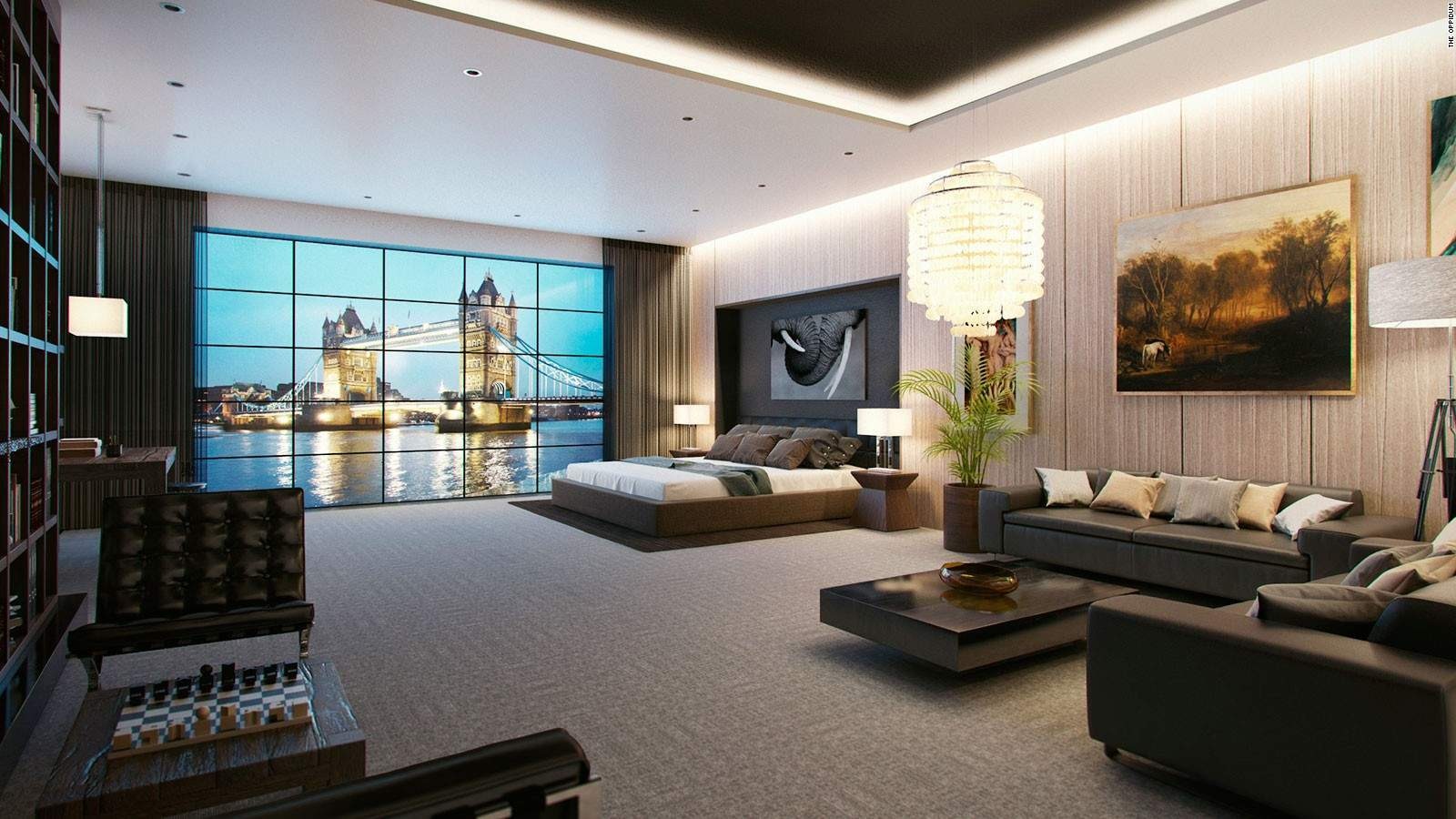
 View gallery
View gallery
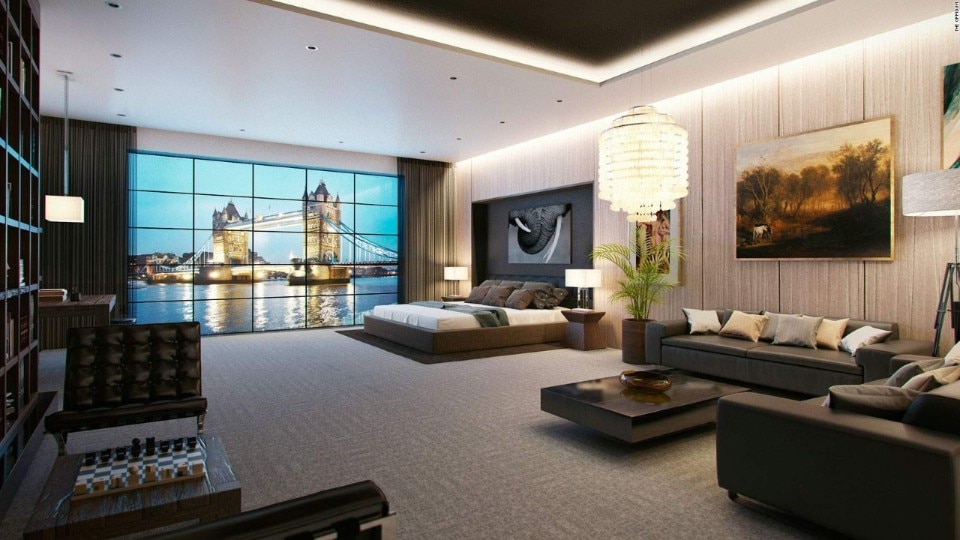
Oppidum
Oppidum is a Prague-based luxury bunker company founded by entrepreneur Jakub Zamrazil.
Courtesy Oppidum
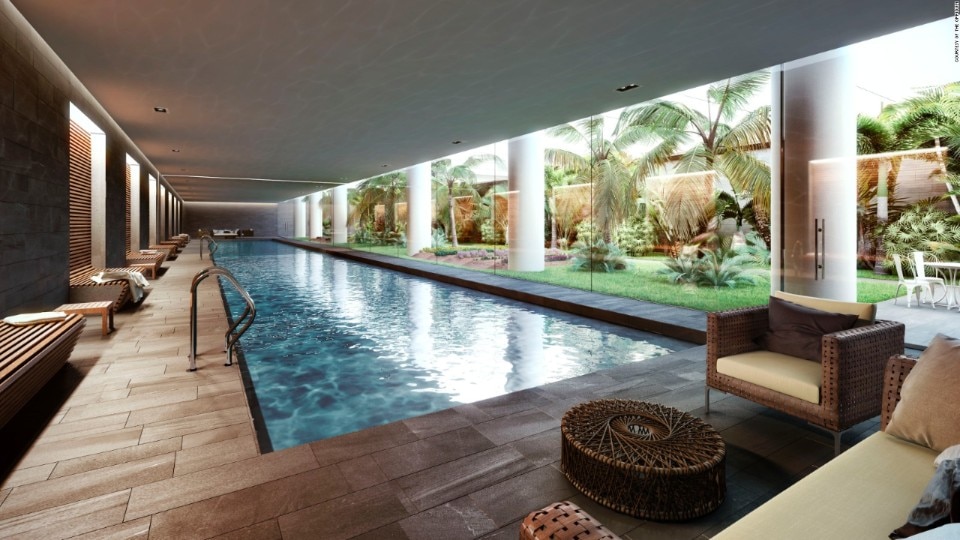
Oppidum
As in many other luxury bunkers, the interior rooms are decorated with flat-screen windows, broadcasting videos of skylines and natural scenery, and often following the day and night patterns.
Courtesy Oppidum
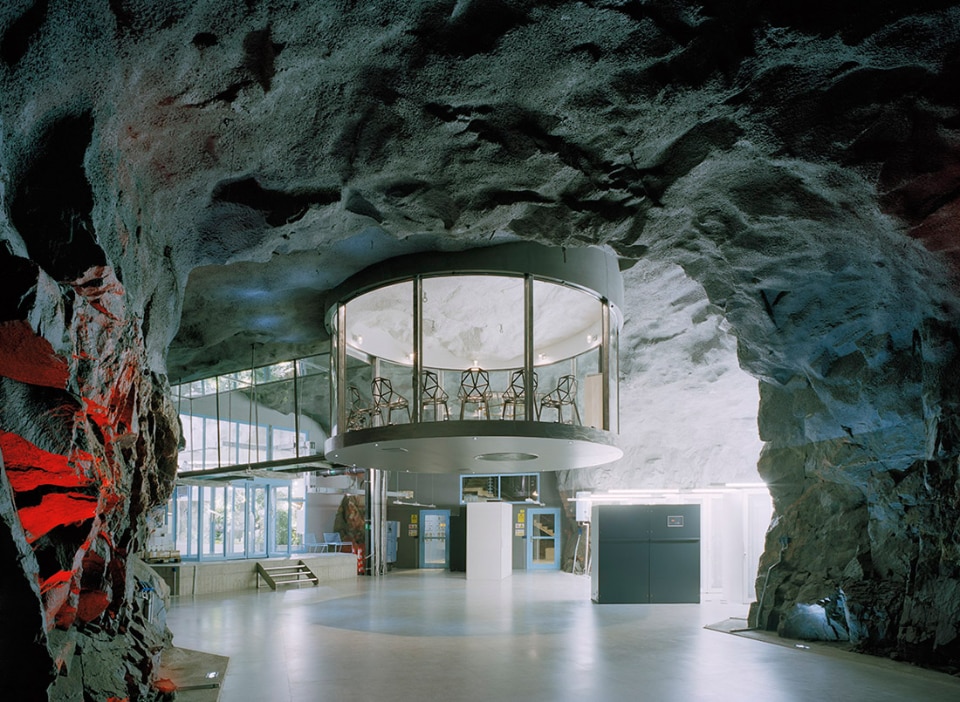
Pionen White Mountains
Pionen White Mountains was built by Albert France-Lanord Architects in a 1200 square metre former fallout shelter. The location lies 30 metres below the granite rocks of Stockholm’s Vita Berg Park.
Courtesy Albert France-Lanord Architects
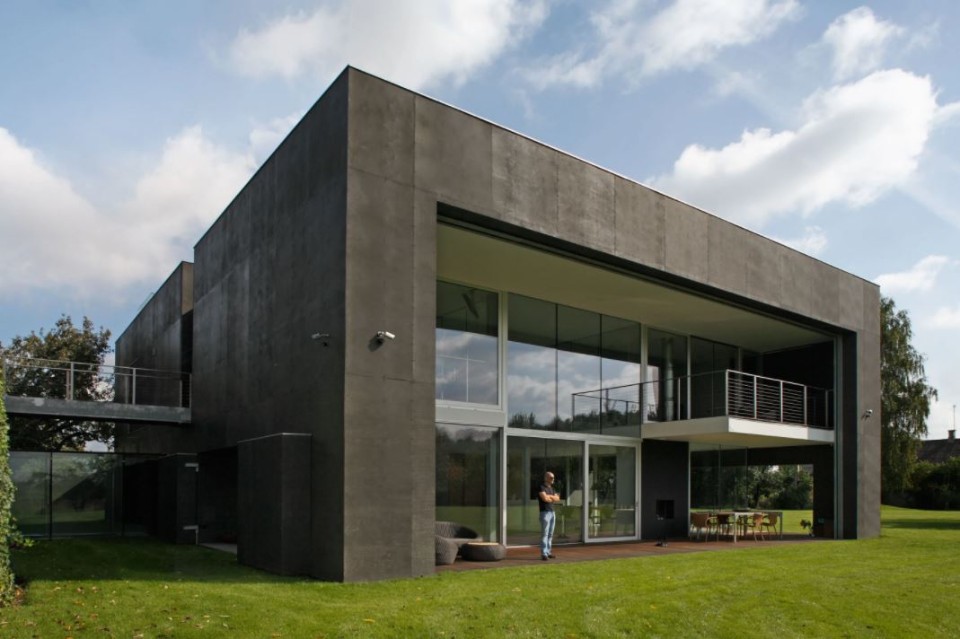
Safe House
The Safe House near Warsaw, Poland, was designed by Polish architect Robert Konieczny of KWK Promes. Its movable concrete walls and metal shutters turn it into a fortress without doors or windows. The property is also surrounded by a concrete wall.
Courtesy KWK Promes
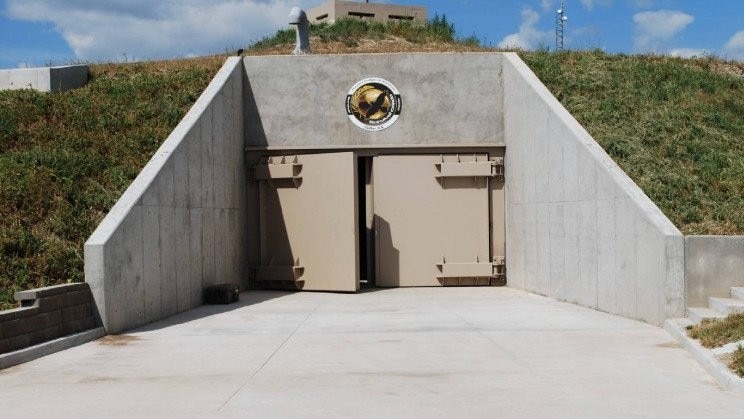
Survival Condo
Access to the Survival Condo, an Atlas ICBM missile silo that has been converted into a luxury bunker. The owner, Larry Hall, guarantees that the bunker will accommodate up to 300 people.
Courtesy Survival Condo
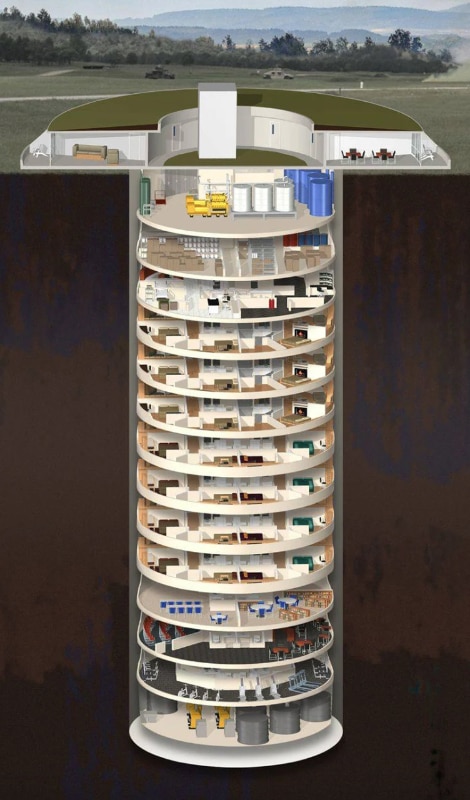
Survival Condo
The Survival Condo consists of several floors with private flats. Penthouse flats cost $4 million, one-storey flats cost $2.5-3 million and half-storey flats cost $1.5-2.5 million.
Courtesy Survival Condo
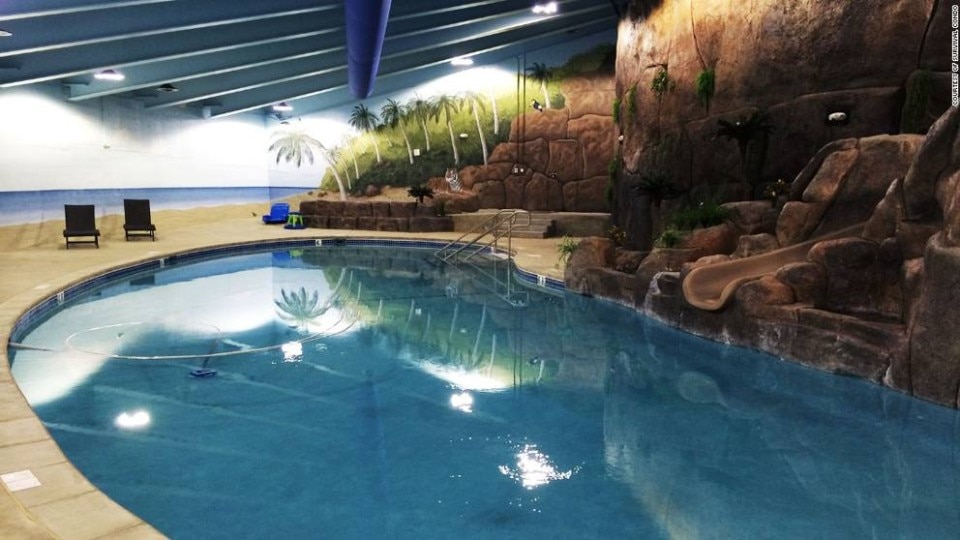
Survival Condo
Survival Condo is a small town, where the amenities are designed to keep you mentally healthy underground. The project includes a “public” swimming pool and spa, a climbing wall, a cinema, a library, a supermarket and a hydroponic organic food and aquaculture garden, a first aid medical centre, a classroom for those still studying, and a computer room with a local internet network.
Courtesy Survival Condo
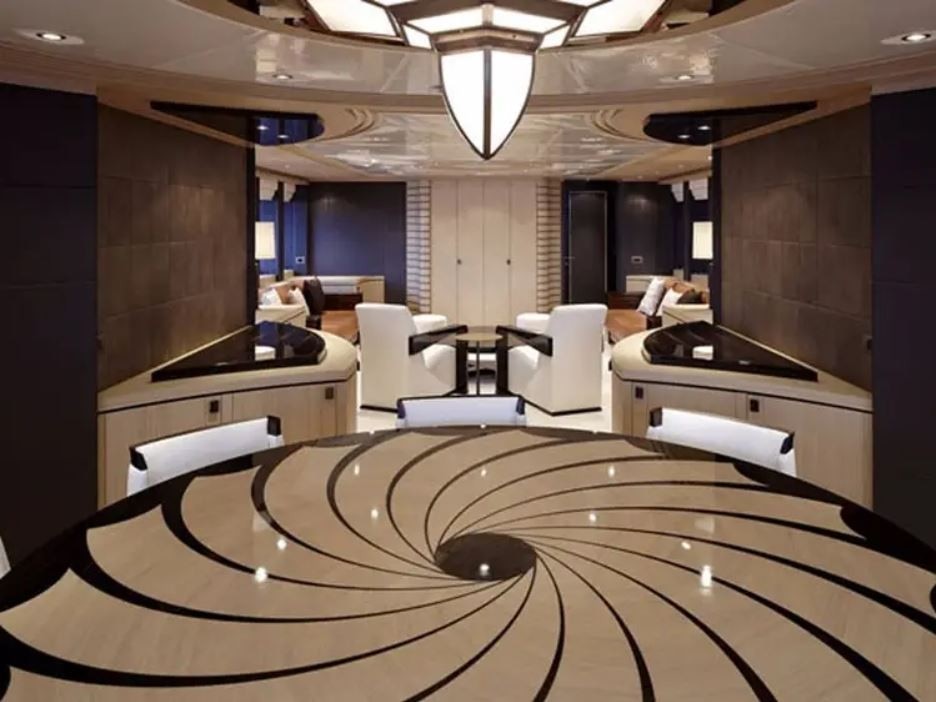
Vivos Europa One
Vivos Europa One, by Robert Vicino, consists of a series of luxury flats created from the gigantic Soviet bunker dating back to the Cold War near Rothenstein in Germany (former GDR). The bunker is 120 metres deep under the mountain and covers 23,000 square metres.
Courtesy Terra Vivos
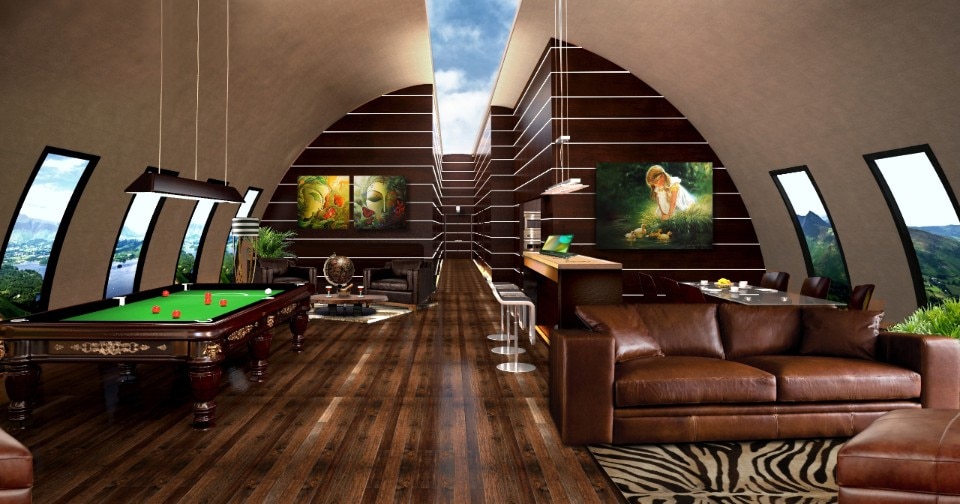
Vivos Xpoint
Vivos xPoint, by Robert Vicino, is the largest community of preppers. It consists of 575 bunkers, and is located in South Dakota.
Courtesy Terra Vivos

Oppidum
Oppidum is a Prague-based luxury bunker company founded by entrepreneur Jakub Zamrazil.
Courtesy Oppidum

Oppidum
As in many other luxury bunkers, the interior rooms are decorated with flat-screen windows, broadcasting videos of skylines and natural scenery, and often following the day and night patterns.
Courtesy Oppidum

Pionen White Mountains
Pionen White Mountains was built by Albert France-Lanord Architects in a 1200 square metre former fallout shelter. The location lies 30 metres below the granite rocks of Stockholm’s Vita Berg Park.
Courtesy Albert France-Lanord Architects

Safe House
The Safe House near Warsaw, Poland, was designed by Polish architect Robert Konieczny of KWK Promes. Its movable concrete walls and metal shutters turn it into a fortress without doors or windows. The property is also surrounded by a concrete wall.
Courtesy KWK Promes

Survival Condo
Access to the Survival Condo, an Atlas ICBM missile silo that has been converted into a luxury bunker. The owner, Larry Hall, guarantees that the bunker will accommodate up to 300 people.
Courtesy Survival Condo

Survival Condo
The Survival Condo consists of several floors with private flats. Penthouse flats cost $4 million, one-storey flats cost $2.5-3 million and half-storey flats cost $1.5-2.5 million.
Courtesy Survival Condo

Survival Condo
Survival Condo is a small town, where the amenities are designed to keep you mentally healthy underground. The project includes a “public” swimming pool and spa, a climbing wall, a cinema, a library, a supermarket and a hydroponic organic food and aquaculture garden, a first aid medical centre, a classroom for those still studying, and a computer room with a local internet network.
Courtesy Survival Condo

Vivos Europa One
Vivos Europa One, by Robert Vicino, consists of a series of luxury flats created from the gigantic Soviet bunker dating back to the Cold War near Rothenstein in Germany (former GDR). The bunker is 120 metres deep under the mountain and covers 23,000 square metres.
Courtesy Terra Vivos

Vivos Xpoint
Vivos xPoint, by Robert Vicino, is the largest community of preppers. It consists of 575 bunkers, and is located in South Dakota.
Courtesy Terra Vivos
In the case of other apocalyptic events, such as the economic or social civilisation collapse, climate-related environmental catastrophes or nuclear winters, many of the safety solutions in these bunkers would not protect their guests for long enough. The private bunkers built by Rising S Bunkers, Atlas Survival Shelters, Northsafe and Artemis Protection can store water and food for up to five months. Electricity, vital for powering the ventilation systems, is the biggest problem. If external sources of electricity fail, some companies, such as Northsafe or Atlas Survival Shelters, have devised a hand-cranked fan, which would force the unfortunate bunker guests to turn a piece of iron by hand for days or perhaps months, in a desperate attempt to breathe.
It is true that companies working on larger-scale projects rely on technologies that should ensure greater autonomy, such as diesel generators or submarine batteries. And they provide other advantages too.
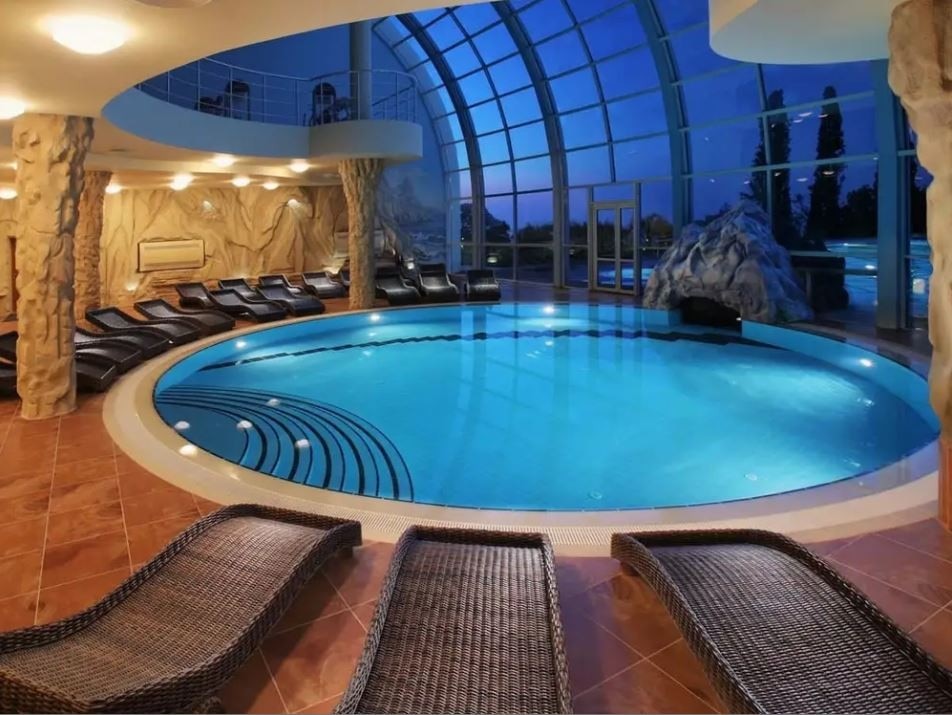
With Survival Condo, founder Larry Hall imagines shaping an underground community of millionaires equipped with weapons, Japanese toilets to save on toilet paper storage, and underground vegetable gardens following the findings of the Biosphere 2 project, the famous glass and steel structure designed to contain a complete, self-sufficient ecosystem in the Arizona desert, later used to cultivate hydroponic vegetable gardens in space bases. A sort of spaceship heading underground, rather than to Mars (where Elon Musk probably hopes to save himself). The plan seems infallible, but again it ignores a simple fact: members of armed micro-societies experiencing economic and social collapse are unlikely to coexist in peace. You do not need to watch the horror TV series The Purge to imagine that the social disorder that brought people to hide underground will also turn that bunker into a tomb.
The desire to escape and disengage, the renunciation of building social communities “on the surface”, powers another market area now. And this is done sacrificing the survival of mankind, bringing problems such as the violent gentrification that befell the Kiwis living in New Zealand near Queenstown, and visibly neglecting others, such as the climate catastrophe and its consequent mass migrations.
In the chaos, that “wacky” Kanye West is perhaps not wrong to appeal to Wabi-Sabi, which for centuries has taught acceptance of silence, imperfection and the impermanence of the individual’s life.
Opening image: Image courtesy of ABIBOO Studio from the DBX project. A private, self-sufficient bunker inspired by life in space.


